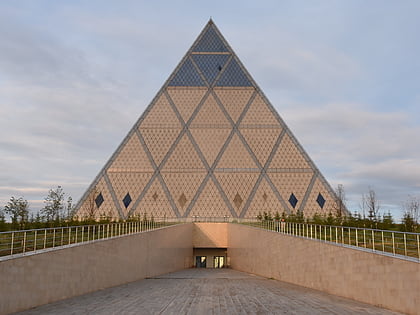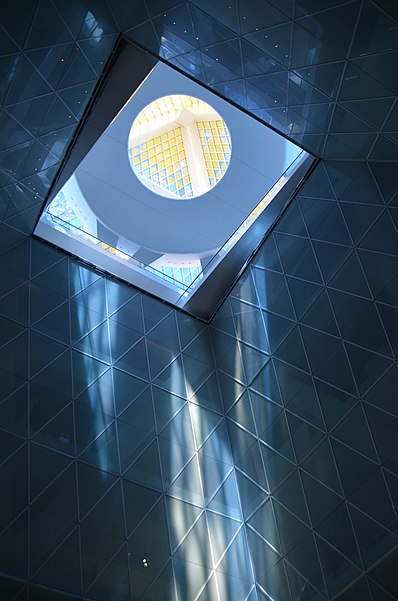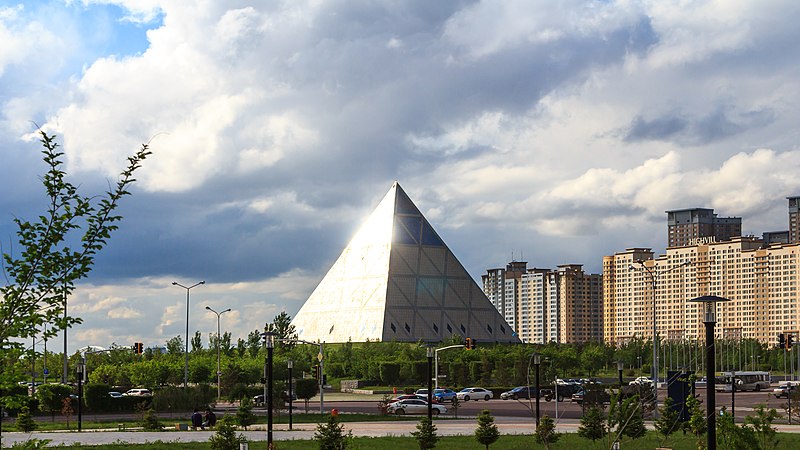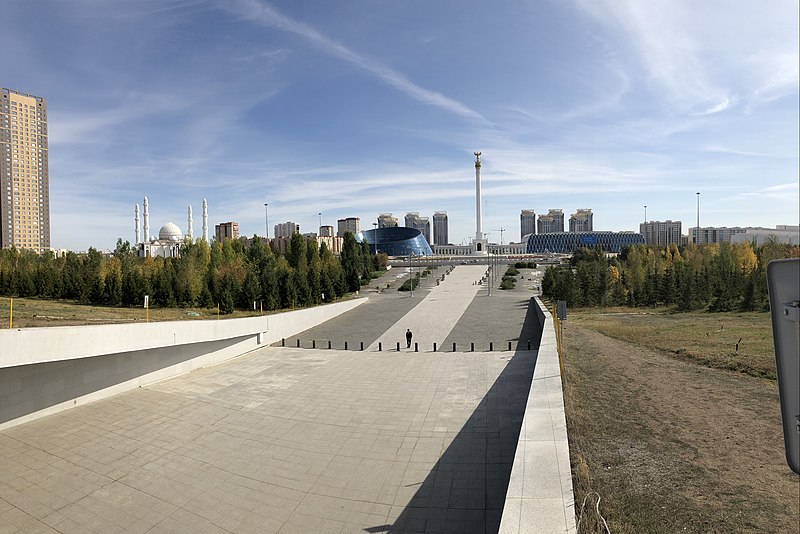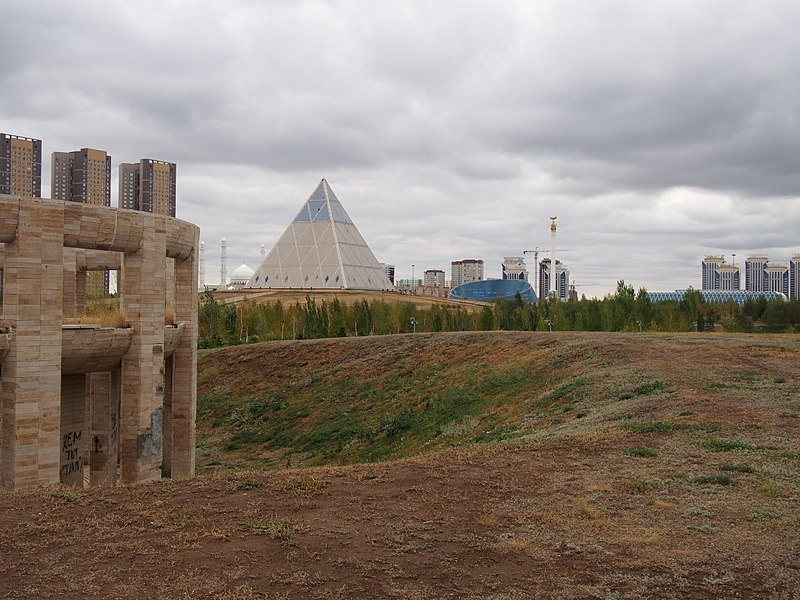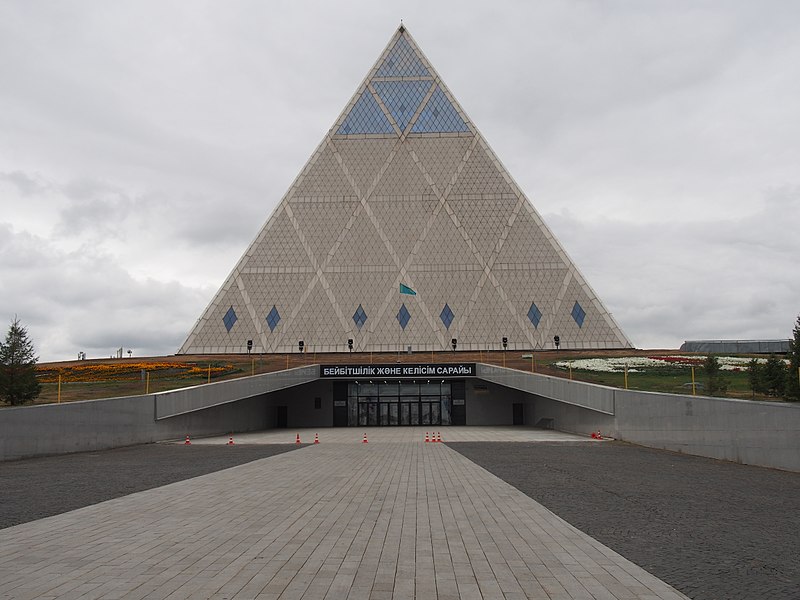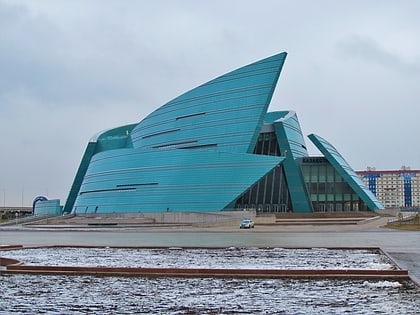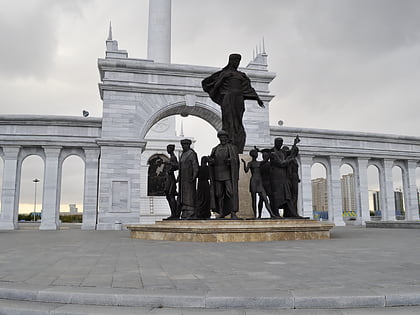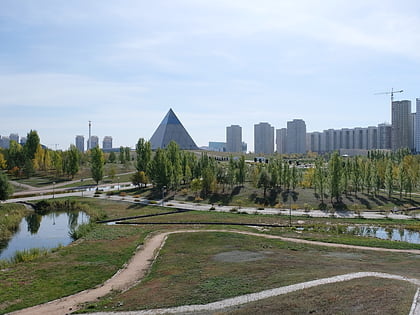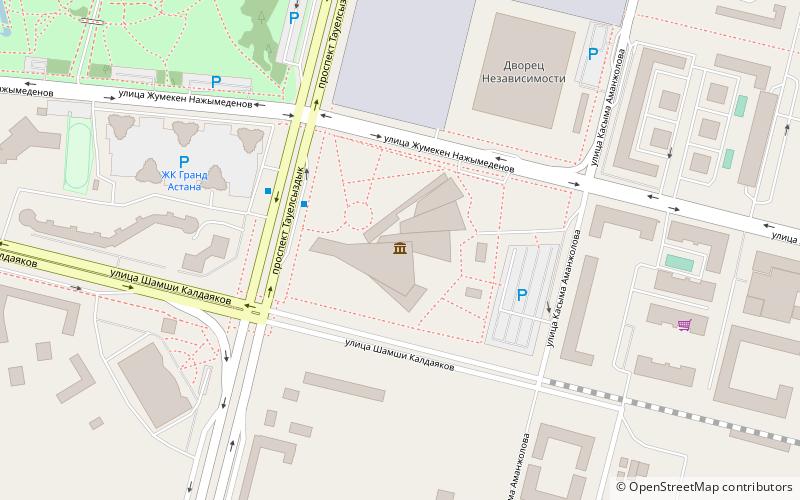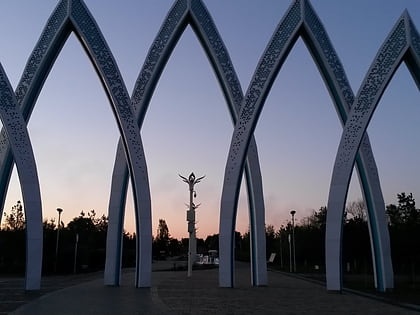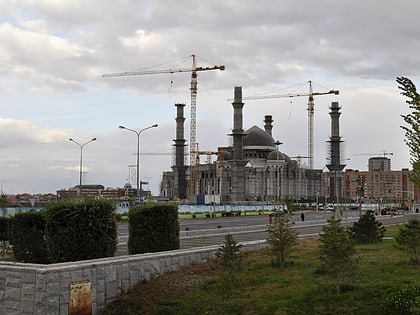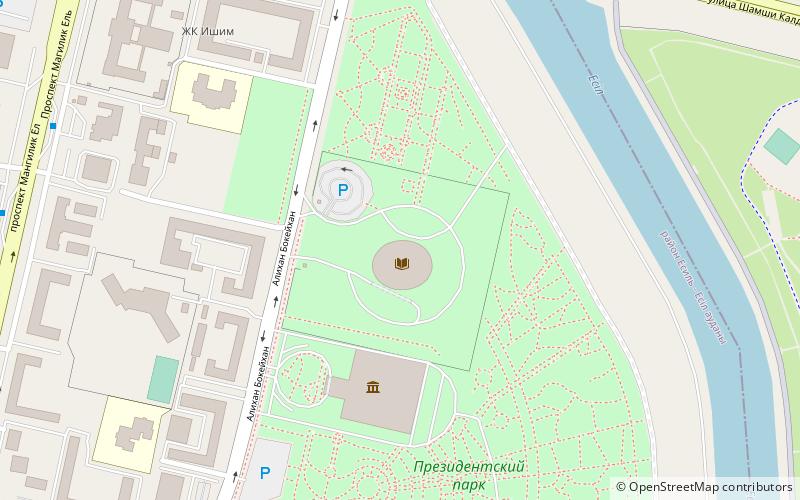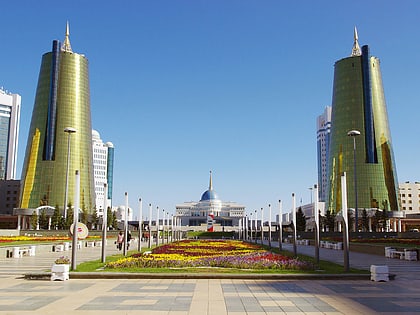Palace of Peace and Reconciliation, Astana
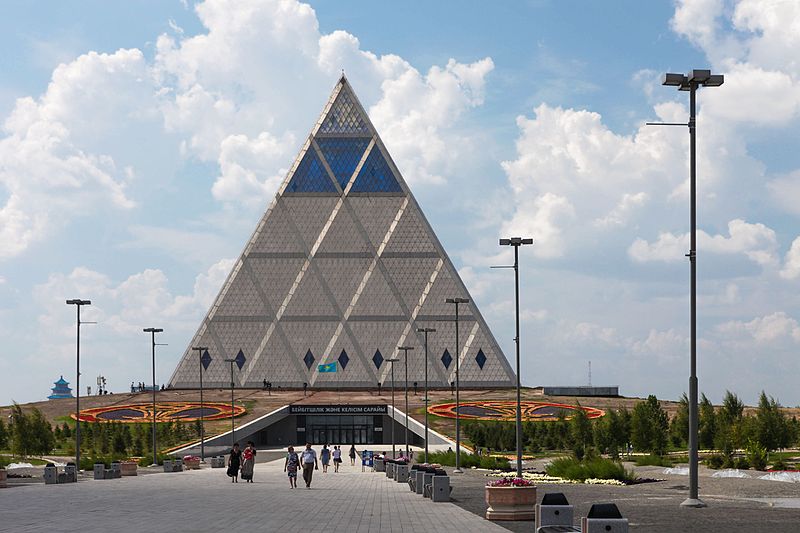
Facts and practical information
The Palace of Peace and Reconciliation, also known as the Pyramid of Peace, is a striking architectural marvel located in the heart of Astana, now known as Nur-Sultan, the capital city of Kazakhstan. This iconic structure stands as a testament to the country's commitment to cultural unity, religious tolerance, and peace.
Designed by the renowned British architect Sir Norman Foster, the Palace was unveiled in 2006 and has since become a symbol of modern Kazakhstan. The pyramid-shaped building spans 62 meters in height and covers an area of 28,000 square meters, embodying both grandeur and the spirit of collaboration among different cultures and faiths.
Primarily recognized as a music venue, the Palace of Peace and Reconciliation hosts various cultural events, including concerts, exhibitions, and conferences. The acoustics within the pyramid are specifically engineered to enhance musical performances, making it an exceptional venue for artists and audiences alike.
The building features an opera house that can seat up to 1,500 people, a museum, a research center, and a library, all dedicated to fostering the principles of peace. The top of the pyramid is crowned with a glass atrium, offering visitors a panoramic view of the city's skyline.
Open to the public, the Palace of Peace and Reconciliation is not only a hub for international dialogue but also a major tourist attraction in Nur-Sultan. Its unique design and purpose serve as a beacon of hope and unity, reflecting Kazakhstan's role as a mediator in global affairs.
Palace of Peace and Reconciliation – popular in the area (distance from the attraction)
Nearby attractions include: Kazakhstan Central Concert Hall, Independence Square, Presidential Park, National Museum of the Republic of Kazakhstan.
